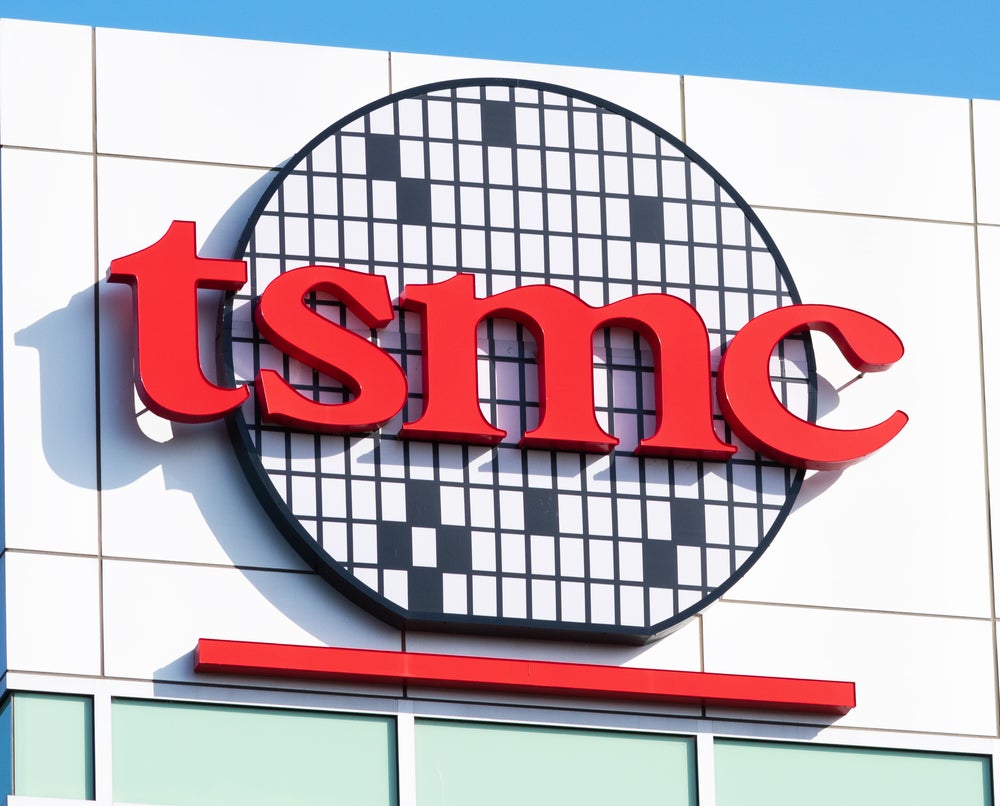Italian telecommunications company TIM has been granted a patent for a method involving a convolutional neural network (CNN) that can classify input data into predefined classes. The CNN consists of a sequence of layers, each layer convolving the input data with filters to generate output data. The method also includes training the CNN by downscaling filters and input data structures to improve efficiency. GlobalData’s report on TIM gives a 360-degree view of the company including its patenting strategy. Buy the report here.
According to GlobalData’s company profile on TIM, Electronic Subscriber Identity Module (eSIM) was a key innovation area identified from patents. TIM's grant share as of September 2023 was 68%. Grant share is based on the ratio of number of grants to total number of patents.
Convolutional neural network method for classification using downscaled filters
A recently granted patent (Publication Number: US11755913B2) describes a method for training a convolutional neural network (CNN) using downscaled filters and input data structures. The method involves implementing a CNN in a processing circuit, where the CNN receives an input data structure and generates a classification output. The CNN consists of an ordered sequence of layers, each layer convolving the layer input data structure with corresponding filters to generate a layer output data structure. The weights of the filters are updated through training using a training set of input data structures belonging to known classes.
During training, the method involves generating a modified CNN by downsizing the filters of at least one layer, resulting in downscaled filters with a reduced number of weights. The training input data structures are also downscaled to have a reduced number of values. For each downscaled training input data structure, it is provided to the modified CNN to generate a classification output, which is then compared with the known class of the original training input data structure. Based on these comparisons, the weights of the filters are updated.
The training process can be further iterated by reiterating the downscaled training and filter generation steps for a specified number of times. After the CNN has been trained, the method includes storing the last updated weights in a weight database. When an input data structure is sent to a classification server from a user device, the server retrieves the last updated weights from the database and sets the CNN accordingly. The input data structure is then provided to the CNN to obtain a classification output, which is sent back to the user device.
The patent also mentions the inclusion of fully-connected layers in the CNN, where each layer receives input values and generates output values based on all the input values. Additionally, the method describes the use of subsampled layers to generate a reduced version of the layer output data structure.
Overall, this patented method provides a technique for training CNNs using downscaled filters and input data structures, allowing for efficient training and classification processes.
To know more about GlobalData’s detailed insights on TIM, buy the report here.
Premium Insights
From

The gold standard of business intelligence.
Blending expert knowledge with cutting-edge technology, GlobalData’s unrivalled proprietary data will enable you to decode what’s happening in your market. You can make better informed decisions and gain a future-proof advantage over your competitors.







